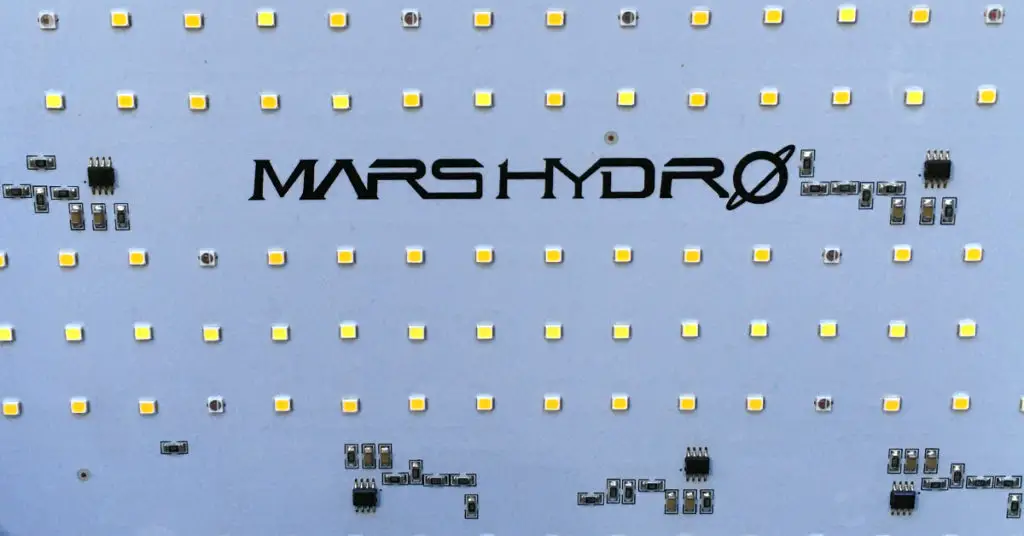Buying a cheap Chinese Elm Bonsai from Amazon or a garden centre is a lot of people’s introduction to bonsai.
Most of these bonsai trees are not in good condition to start with, and then when they are mixed with a beginner the results can often be disastrous.
(This is where I bought mine and you can read my advice on Buying A Chinese Elm Bonsai On Amazon. You can also follow the development of the tree I bought in my Chinese Elm Bonsai Progression.)
However, this does not mean that Chinese Elms are terrible bonsai, or that they are only some sort of beginner tree. Given the right circumstances they can be one of the best bonsai trees you can get. A lot of their properties are perfect for bonsai.
Chinese elms can be very tough and it will respond well to work, which is why it is used as a beginner tree, but if you know what you are doing, they can be turned in to a really fantastic tree.
Page Contents
Is Chinese Elm A Good Species For Bonsai?
Chinese elms are usually sold as cheap beginner bonsai trees and they are also not popular in Japan (they prefer zelkovas which are very similar), but this doesn’t mean they are bad; in fact they can be one of the best species for bonsai.
Chinese elms have small leaves with great ramification. They are easy to care for and grow really quickly. They can take a lot of work and they respond well to it. The Chinese elm really ticks a lot of boxes when it comes to bonsai. They are also perfect suited to any size and a variety of styles.
We really need to shrug off the beginner label and realise that this species is one of the most suitable trees for bonsai that we have access to!

Is A Chinese Elms Foliage Good For Bonsai?
Chinese elm foliage is wonderful and perfect for bonsai. It is semi deciduous, so depending on your climate it might actually hold on to its leaves all year round, but you will usually find that it drops a large number of them.
Leaf Size
Chinese elms have naturally quite small leaves which makes it a good tree for bonsai . You can also reduce the size of the leaves further, which means you can build a tree of any size and its leaves are going to look in proportion.
Internode Length
As well as having small leaves, they also have very short internodes. they just naturally have very tight foliage on the branches. This is absolutely perfect for bonsai and probably why it is so favoured by beginners. The tree just ticks all the boxes without you having to use any techniques to get it like this.

Is A Chinese Elms Growth Rate Good For Bonsai?
Chinese elms will grow fast. They can really put on a lot of growth during a season. They are really strong trees and will very easily thrive in the right conditions.
Response To Pruning
Elms will respond exceptionally well to pruning. They will send out shoots where you trim and this makes them very easy to work with.
Back Budding
One of the only problems with Chinese elms is the fact that they back bud. They just go overboard with it. You will be constantly battling to remove random shoots that have popped up all over the place.
The will often send multiple shoots out where you have pruned and then also start growing a lot of new shoots back along the branch, usually in the crotches which. You will have to come back and remove all this unwanted growth to avoid it causing knuckles of growth forming.
Although this is annoying and a bit of extra work, it is a problem I would rather have. Being able to get it to easily back bud means you can safely cut the tree back hard and know you are always going to get new shoots to work with. It also means you cut the tree back to this new growth and reduce the length of your branches, making the tree more compact
It is much easier to work with trees like this than those that do respond in this way.
Ramification
Chinese elms are one of the easiest trees to ramify. You can very easily use the small internodes and great response to pruning to really build up some tight and compact foliage. If you do this well you can very quickly have a really powerful looking tree with lots of branches.
Is A Chinese Elms Styling Ability Good For Bonsai?
Most Chinese elms you see are either the ‘S’ shape or a broom style. Personally I think the S shape is a terrible design and the brooms you find are more of a mess than a broom.
However, these are not the only way you can style these trees. If you try and style it to look more like your average deciduous tree I believe you will end up with a far superior looking tree.
Wiring
You can wire Chinese elms. You are probably best to wire the main branch structure and then after that you can use clip and grow to really build out the foliage. As Chinese elms can grow quite quickly, you will need to watch out for the wire biting in.
Is A Chinese Elms Fall Colour Good For Bonsai?
In autumn you might get some colour. The leaves do turn a lovely yellow colour, but it is often not uniform across the tree.
You might find that as it is semi-deciduous, plenty of leaves do not drop, or if they do it’s not all the same time. It can be more of a gradual transformation, rather than a full display of colour.
(You can read more about Why Is My Chinese Elm Bonsai Turning Yellow? if you are seeing this happen outside of autumn)
Is A Chinese Elms Winter Silhouette Good For Bonsai?
I have found that my tree holds on to a good few leaves, but by late winter they are all gone. This means you do get a peek at what is going on and you can evaluate the structure and usually find plenty of shoots that grew in the previous season, where they shouldn’t be, like in the crotches of branches.

Do Chinese Elms Have Good Bark For Bonsai?
The bark is quite nice on Chinese elms, it is not amazing, but it does help it look like a proper little tree that is older than you think. It can get a little gnarly in places, which is great for hiding scars.
Deadwood Opportunities
Chinese elms are not the type of tree that you want deadwood on, but they work very well with carving. You really need a more substantial trunk to pull this off, but that can be easily developed with a few years of ground growing.
An elm with carved hollows will make it look like a powerful tree that has stood through decades of abuse from the environment.
Are The Roots Of A Chinese Elm Good For Bonsai?
When it comes to roots, I think Chinese elms lose some points. Their roots are strong and grow like crazy which is of course great, but they have a habit of getting too out of control.
If you buy one of these Amazon bonsai trees you will very quickly find out how terrible the roots can be if they are not kept in check. They are long, thick and a mess. The tree I bought was a disaster. I would never call a tree with roots that crazy a bonsai!
However, the good news is that as they are tough little trees and they can take a lot of work. You can, with a lot of effort, deal with the mess and start getting them under control. If you manage the roots properly you can end up with a good root system.
Are Chinese Elms Easy To Care For As Bonsai
Chinese elms need very little care. They are pretty robust. It does frustrate me to see some many of them sold in such bad condition, especially to beginners. However they can be easily nursed into health rather quickly if you get the right information.
I’d also like to say here that I strongly believe you should be keeping your Chinese elms outside all year. They are often labelled as indoor trees and if you know what you are doing, this is entirely possible; I just know for most of us, they are better suited to outside.
You can find out more in my Chinese Elm Care Guide.
Conclusion
Chinese elms are great trees for bonsai. It doesn’t matter if you are a total beginner or have been in the hobby for a while, they are great trees.
They are robust, respond well to work, are easy to care for and just look cool.
While I probably don’t really recommend the “beginner” trees on Amazon (unless you are willing to do some serious corrective work) I would recommend the species in general. I think you can make some seriously outstanding trees with them and they are really not that difficult to work with.

Hi, I’m Ian. I have been doing bonsai since 2014. I created this site to spread all the knowledge I have acquired over the years. Don’t forget to check out my Youtube videos where I show the progress of my own Bonsai each week or connect with me on social media.
You can read more about me and how I got into Bonsai on the About Page



Pingback: Chinese Elm Care Guide – Back Garden Bonsai